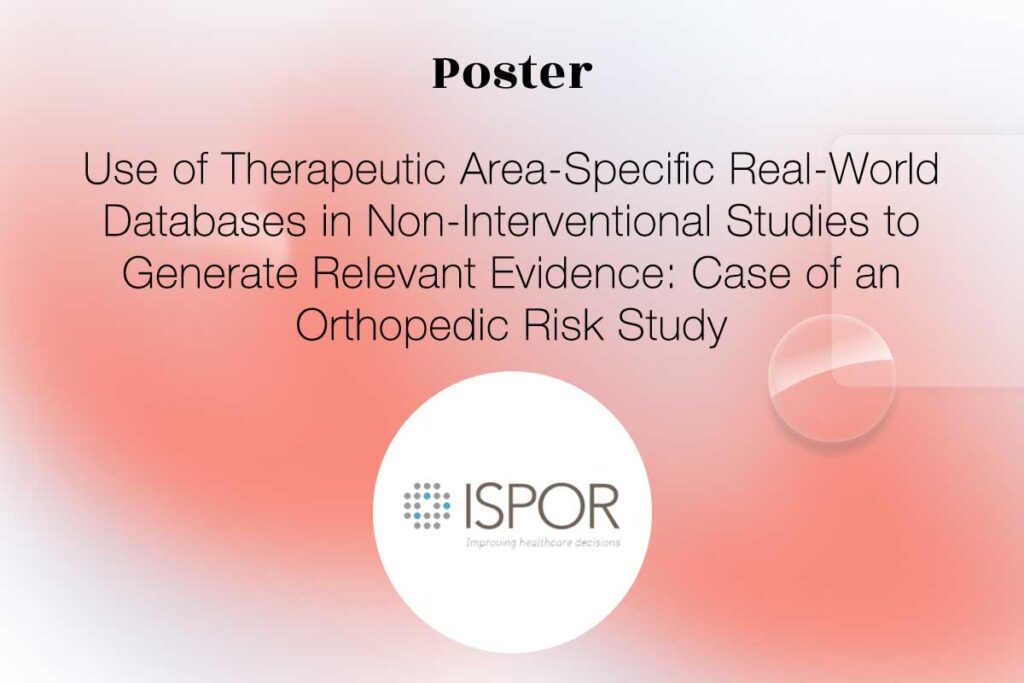The article “Development of a rare disease algorithm to identify persons at risk of Gaucher disease using EHR in the United States” was written in collaboration with: Amanda Wilson, Alexandra Chiorean, Mario Aguiar, Davorka Sekulic, Patrick Pavlick, Neha Shah, Lisa Sniderman King, Marie Génin, Mélissa Rollot, Margot Blanchon, Simon Gosset, Martin Montmerle, Cliona Molony, Alexandra Dumitriu.
Gaucher disease (GD) is a rare inherited lysosomal storage disorder (LSD) which mainly leads to hepatosplenomegaly, anemia, thrombocytopenia, bone lesions/symptoms, and neurological impairment in some forms. Its progressive clinical manifestations are often highly debilitating, shorten lifespans, and are considerably variable depending on the GD’s type and individual cases.
Early diagnosis can crucially allow treatment before significant symptoms arise. But the incidence of this disease is likely underestimated, leading to many patients remaining undiagnosed, or misdiagnosed. An effective clinical diagnostic algorithm is available for GD, but its usefulness in practice relies, among others, on physician awareness of the disorder and knowledge of the clinical diagnostic algorithm.
We developed a machine learning algorithm to identify persons at risk of GD from electronic health records. By better capturing the heterogeneity of GD, it allows for about a 10-20-fold increase in efficiency compared to the clinical approach, contributing to the fight against diagnostic wandering.
This article explains the objectives, methods, results and conclusions, with all the details and graphics present in the manuscript.










